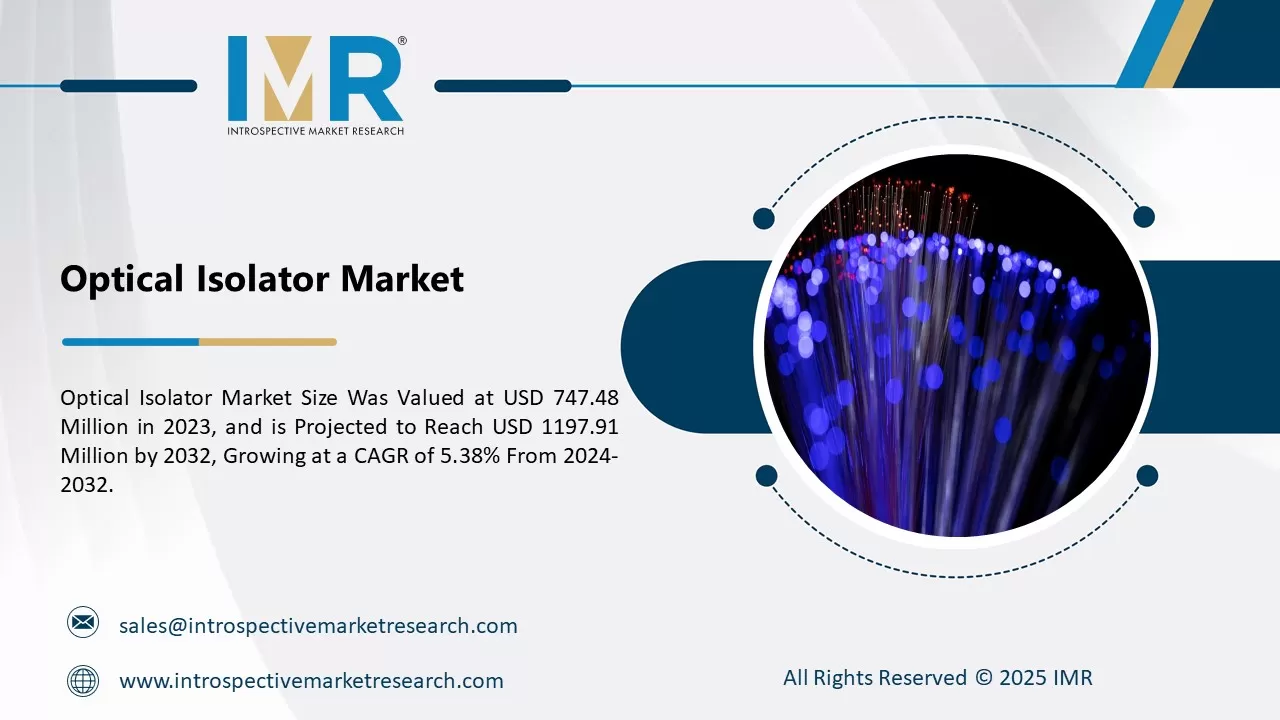
Market Overview:
The Global 3D Bioprinting Market size is expected to grow from USD 1.19 billion in 2022 to USD 4.42 billion by 2030, at a CAGR of 17.84 % during the forecast period (2023-2030).
3D bioprinting has been an emanate field represented by various biologically applied deposition and assembling systems, that include direct writing, photolithography, microstamping, extrusion, laser writing, electro-printing, stereolithography, microfluidics, and inkjet deposition. Healthcare is one of the major applications where 3D bioprinting is bringing a significant change. This is primarily due to the increasing investments in these applications, such as model and organ prototyping and production across the globe, and growing innovations in healthcare through 3D printing.
Top Key Players for 3D Bioprinting Market:
ARCAM AB (GE Company), Cyfuse Biomedical KK, RegenHU SA, 3D Systems Corporation, Aspect Biosystems Ltd, GeSIM GmbH, Cellink AB, Envision TEC GmbH, Organovo Holdings Inc., Stratasys Ltd, REGEMAT 3D3D Bioprinting Solutions and Other Major Players.
Market Dynamics and Factors for 3D Bioprinting Market:
Drivers:
Increasing Geriatric Population
The maturating population is poised as one of the most significant social transformations of the twenty-first century. Globally, the population aged 60 or above is growing faster than all younger age groups. According to the data by the World Population Prospects, the number of people aged 60 years or above is expected to be more than double by 2050, and it is growing faster than the age groups consisting of youth, worldwide. This trend has an increasing demand for caregivers providing 24-hour care, not only at hospitals or nursing homes but also at apartments and private homes.
Opportunities:
Growing Demand for Regenerative Medicine and Stem Cell Research
Growing stem cell research activities and financial support from various public-private organizations are turning the growth of the stem cell and regenerative medicine industry over the globe. A supportive regulatory environment in emerging economies, the presence of a large number of stem cell product pipelines, and applications of regenerative medicine in treating diseases are the prime factors contributing to the growing adoption of stem cell and regenerative medicine globally. 3D bioprinting is utilized in numerous applications in regenerative medicine.
Segmentation Analysis of the 3D Bioprinting Market:
By Technology, Syringe/Extrusion Bioprinting dominated the market, with a 36.99% market share in 2020. Magnetic Levitation Bioprinting is expected to witness the highest CAGR, of 22.72% over the forecast period.
By Application, Drug Testing and Development held the largest market share, of 38.04%, in 2020, while Regenerative Medicine is expected to witness the highest CAGR of 25.43% respectively.
Regional Analysis of the 3D Bioprinting Market:
North America region accounted for the largest share of the market during the forecast period owing to the increasing incorporation of IT into the healthcare industry is anticipated to grow the 3D bioprinting market size in this region. In addition, the growing adoption of 3D bioprinting for the production of medical products is also anticipated to contribute to market growth.
The Asia-Pacific region accounts for the major share in the market for 3D bioprinting after North America, owing to a strong established customer base that will turn surge for 3D bioprinting, the huge scope of 3D printing in medical services, growing R&D for 3D printing, and government assistance and tax incentives. The growing demand for organ transplantation, rapid mergers, and collaborations to increase the market share of the Europe region.
Key Industry Development:
In May 2021 ? A team of University of Alberta researchers announced that they had discovered a way to use 3D bioprinting technology to create custom shaped cartilage for usage in surgical procedures. The work primarily focuses on making it easier for surgeons to safely restore the features of skin cancer patients living with nasal cartilage defects after the surgery.
In March 2021 ? A POSTECH research group declared that they had succeeded in producing an artificial lung model using 3D printing technology. Professor Sungjune Jung from the Department of Materials Science and Engineering, and Professor Joo-Yeon Yoo along with Ph.D. student Dayoon Kang from the Department of Life Sciences at POSTECH passed in creating a 3D lung model containing a variety of human alveolar cell lines applying inkjet bioprinting methodology.
Regional Outlook (Revenue in USD Million; Volume in Units, 2023-2030)
North America
- US
- Canada
- Mexico
Eastern Europe
- Bulgaria
- The Czech Republic
- Hungary
- Poland
- Romania
- Rest of Eastern Europe
Western Europe
- Germany
- UK
- France
- Netherlands
- Italy
- Russia
- Spain
- Rest of Western Europe
Asia Pacific
- China
- India
- Japan
- South Korea
- Malaysia
- Thailand
- Vietnam
- The Philippines
- Australia
- New Zealand
- Rest of APAC
Middle East & Africa
- Turkey
- Bahrain
- Kuwait
- Saudi Arabia
- Qatar
- UAE
- Israel
- South Africa
South America
- Brazil
- Argentina
- Rest of SA




